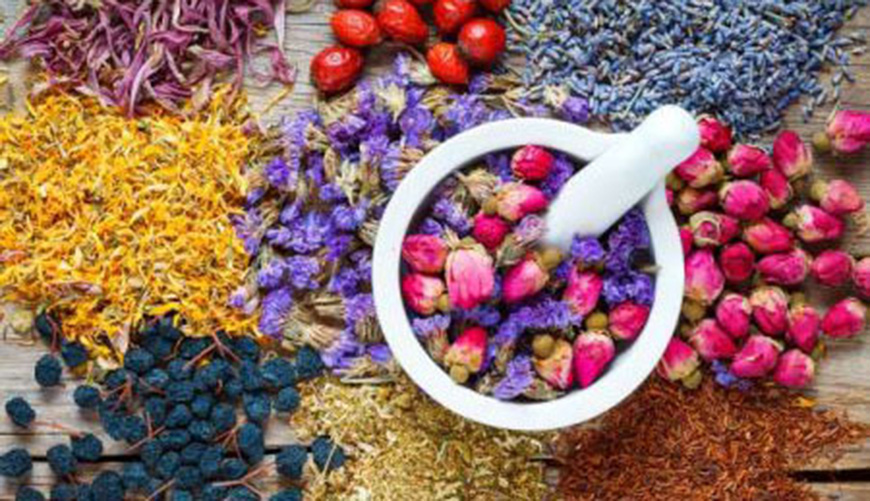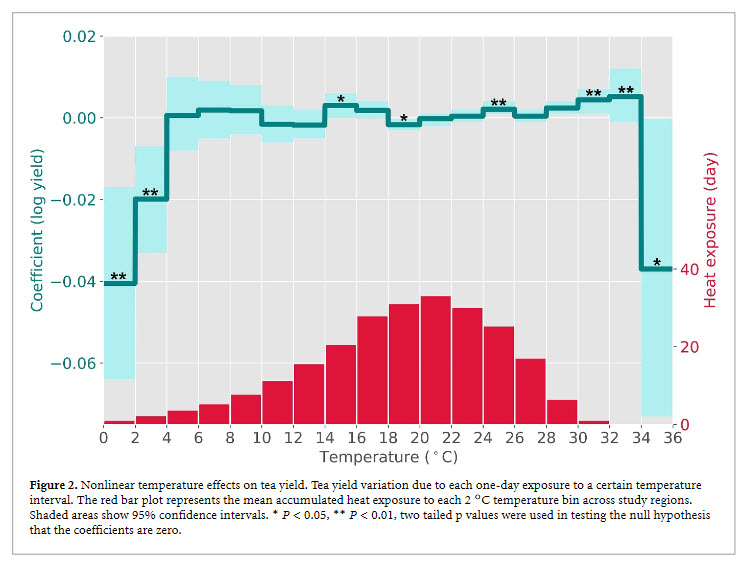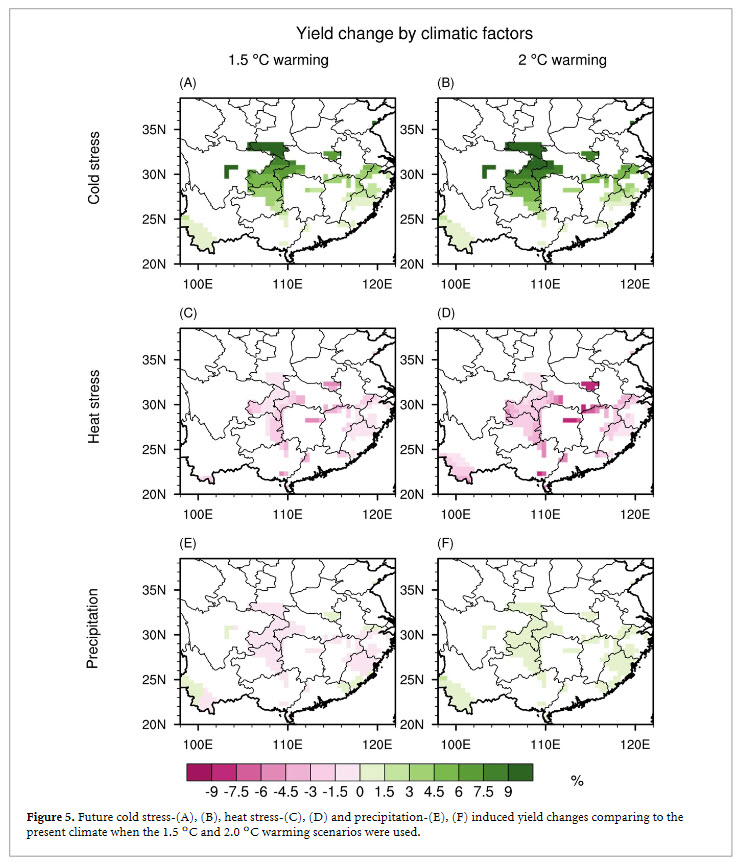The Tea Board of India recently issued a circular mandating that 50% of the production from a garden must be sold via auctions. We ask Narendranath Dharmaraj, a veteran in the tea industry about his views on this, and what it means to the industry.
Listen to the Interview
Aravinda Anantharaman: The Tea Board of India recently sent a circular mandating gardens to sell a minimum 50% of their produce at auctions. What brought this on?
Narendranath Dharmaraj: To give you a little historic perspective, this started sometime in the early eighties through the Tea Marketing Control Order (TMCO) by the government of India.
They stipulated 70% mandatory and in 1984, they made it 75%. That was about the time when the [Tea Distribution & Export Control Order – 2005 ] Export Control Order was also introduced. Tea prices were running high; as a matter of fact, at some point, I think it was ’83, ’84, there was a ban on exports from India, which was a huge setback for Indian tea exports – a situation which helped other exporting countries leading to permanent loss of market share for Indian teas.
Beginning 2000, following the disintegration of the USSR, we lost our captive market. WTO and ASEAN came in. These enabled global movement of commodities putting pressure in Indian tea price levels.
The soft underbelly of the industry was exposed. So we were sort of re-examining every aspect of the business. And one of the things that we did as a grower association from UPASI was to lobby against this 75% mandatory auctions. We had to do a lot of work on that, expose the huge gap between the farm gate price and the retail price. And then finally we managed to get the government of India to repeal that 75% mandatory auctions [repealed 2003].
We also, at that time, studied the auction rules in detail and we were convinced that there were basic issues in both the principles and processes of the tea auction which are not leading to correct price discovery.
Aravinda: Looking at the data since 2014, the percentage drop in volume of auction sales is not new, so by insisting on this, will there be any advantages to the tea industry?
Narendranath: The basic thinking seems to be there is lack of transparency in the private sales and therefore the small growers are denied a fair price. That seems to be the spirit behind it. Nothing wrong with that spirit; it’s very laudable. But you know, we seem to be coming up with a remedy worse than the disease, in mandating compulsory auction sales.
All production and sales are being monitored and tracked by the Tea Board. There are hundreds of returns to be submitted. And if that was not enough, with the introduction of the GST, there is obviously a lot of transparency. So why private sale pricing cannot be tracked, I am unable to understand.
Now, going back to the inherent lacuna in the auction principles and process, as I said, we do believe that is not lending to correct price discovery, given a supply and demand situation.
The auctions started before the introduction of the foreign exchange regulation act, the FEMA and FERA etc. At that time, the producers were the so-called Sterling companies, the buyers were the Sterling companies, the brokers were Sterling companies. So it was more a transaction arrangement than a scientific price discovery mechanism.
To that extent it was flawed as a price discovery platform and heavily biased in favor of the buyers. After the English left, everything was Indianized – tea business practically went into the hands of the Indian business houses. Indian buyers, obviously didn’t want to change the system because it was favorable to them.
The producer, unfortunately, the underdog in the whole value chain, has the bulk of the cost. It will be interesting to study the percentage of cost of the producer in the ultimate end consumer price.
There is obviously a big mismatch between what is his percentage cost share vs percentage value share.
Coming back to the flaws and the principles and processes of auction, there are a couple of things which are very glaring, which was affecting price realization.
One was proxy buying; one buyer could buy on behalf of any number of buyers. So it’s literally killed the competition. Even in the e-auction, you can argue, that there is no proxy buying; but you know it’s all password managed so nothing prevents anybody from sharing their password with the others. The issue of proxy buying has not been resolved.
After e-auction came, they said there will be a pan-India auction, the restricted sale geography won’t be there. But it’s not happening for whatever reasons. Cochin sale is operated by Cochin buyers, Coonoor sale by Coonoor buyers etc. The pan-India auction is not happening. Only if that happens, the competition will go up, there will be more players.
The other problem is division of lots. The auction allows buyers to divide the lots between them. I have studied this in fair detail. Time after time, we could find that even the biggest buyer in the country was sharing lots with the smallest buyer. It seems so irrational and unfair. I am told that division of lots continues even now, which is anti-competition.
One recommendation at that time was a divisibility premium where a buyer had to pay a 5% premium on divided lots. It was stoutly opposed by the buyer community. It was before the e-auctions came in.
With the e-auction, there’s the other issue, there is crowding at the last minute, because you have a time span, but it’s long and everybody will wait till the last minute and then, and the bidding will actually start in the last minute which again did not lend to correct price discovery. Unless you follow the Japanese system of auction, where the clock ticks, whether anybody’s buying or not, and the price keeps going up.
And in terms of transaction cost, again, that is two weeks cataloguing time, two weeks prompt and perhaps another week between production and packaging. You’re talking about a minimum of five weeks before the grower realizes his money. The two weeks cataloging time was introduced at a time when it took the ages for the tea and information to reach the auction centres from the plantations. Today, they come in 24 hours. Where is the sanctity of this two weeks catalogue time? It gives undue economic information to the buyer. He’s completely prepared and knows exactly how much tea is in the country two weeks ahead of the sale. So, you know, he’s in a, from an information point of view, is much better informed than the poor producer.
And there is a warehousing cost on top of that. Although I remember ex-estate sale had been recommended, I don’t think it’s happening. So teas have to be brought to the warehouses, which are to be within the certain radius of the tea trade association. There is warehousing cost, there is brokerage, and there’s the horrendous thing called free trade samples. Tea in India must be the only commodity in the world to give away free trade samples. A sizeable quantity is being dished out as as free trade samples. At the end of it, the producer is not sure whether his tea will be sold or not.
The only thing that is of some value to the producer in the auction system is the robust prompt payment system. The buyer cannot default at the end of two weeks, because he’ll be penalized; there are conditions by which he will not be able to participate, et cetera.
So that is something favourable.
Aravinda: Why did producers move a significant part of their sales from auctions to private sales? Are there takeaways or insights from private sales that can be incorporated into the auction system?
Narendranath: I would imagine that [prompt payment] is one thing which keeps the producers with the auctions. But there’s a huge price to pay for this in terms of low price discovery. If you develop a relationship with a private player or an importer, that there’s no reason why that prompt payment cannot be achieved, these are all covered by commercial agreements. So willy-nilly, the auction price is the lowest rung in the value chain. That’s why I say that the producers are the underdogs.
They have to meet the wages every week, every two weeks and somehow or the other, they want to monetize their product. That’s the reason, at least some amount of sale is still taking place in the auctions.
And move to private or exports or brand is a way of disintermediation. Obviously you want to move up the value chain. Ideally they should retail but not everybody can do that for various reasons. Successful retailers don’t want to be bogged down with captive production because you can source teas at a lower cost from the market. As a channel, the next best bet would be exports because one, you don’t have a tax and there are indirect government subsidies. Secondly, if you’re a producer exporter, not the intermediary or the merchant exporter, you can get that margin on your price.
Aravinda: Is the auction system still relevant today? Have e-auctions made a difference?
Narendranath: My answer is a big NO. No, they’re not relevant. There’s no auction in coffee. There’s no auction in rubber. Rubber claims they have the highest farm gate price for any commodity. Rubber prices are commensurate with supply and demand. The prices are scientifically arrived at by the forces of market independent of any rules that govern them.
Unfortunately, when there are auctions still going on, the private sales and exports prices are linked to auction; you’ll get auction plus something. That’s why I’m saying a big No towards auction. Let independent free trade find a price.
E-auction is an improvement, no doubt. But these issues are still not getting resolved, the proxy, division of lots, last-minute crowding etc. I’m not saying the buyers are mercenaries. They are serving their business objective., which is to source the raw material at the lowest cost, consistent with all quality specs of course, just as a seller wants to sell his produce at the highest price (produced at the lowest cost). Buyers do have investments, business risks and costs. However, they have the option to pass on their cost to the next level of sale.
It’s just that the system that’s prevailing largely meets the buyer objectives and not that of the seller. And that is a concern for the producers.
Again, it’s not that auction as a generic system is unscientific. It’s just that the history of tea auctions which has had a buyer bias, various interest groups will never be able to agree on a set of rules that aid fair price discovery, under a given supply demand situation.
There an independent auction platform that’s happening in Jorhat. S. India is piloting a system which includes recommendations from IIM Bangalore, which includes the Japanese bid enhancement facility. It will be interesting to see the progress of these.
Share this post with your colleagues.
Signup and receive Tea Biz weekly in your inbox.


















